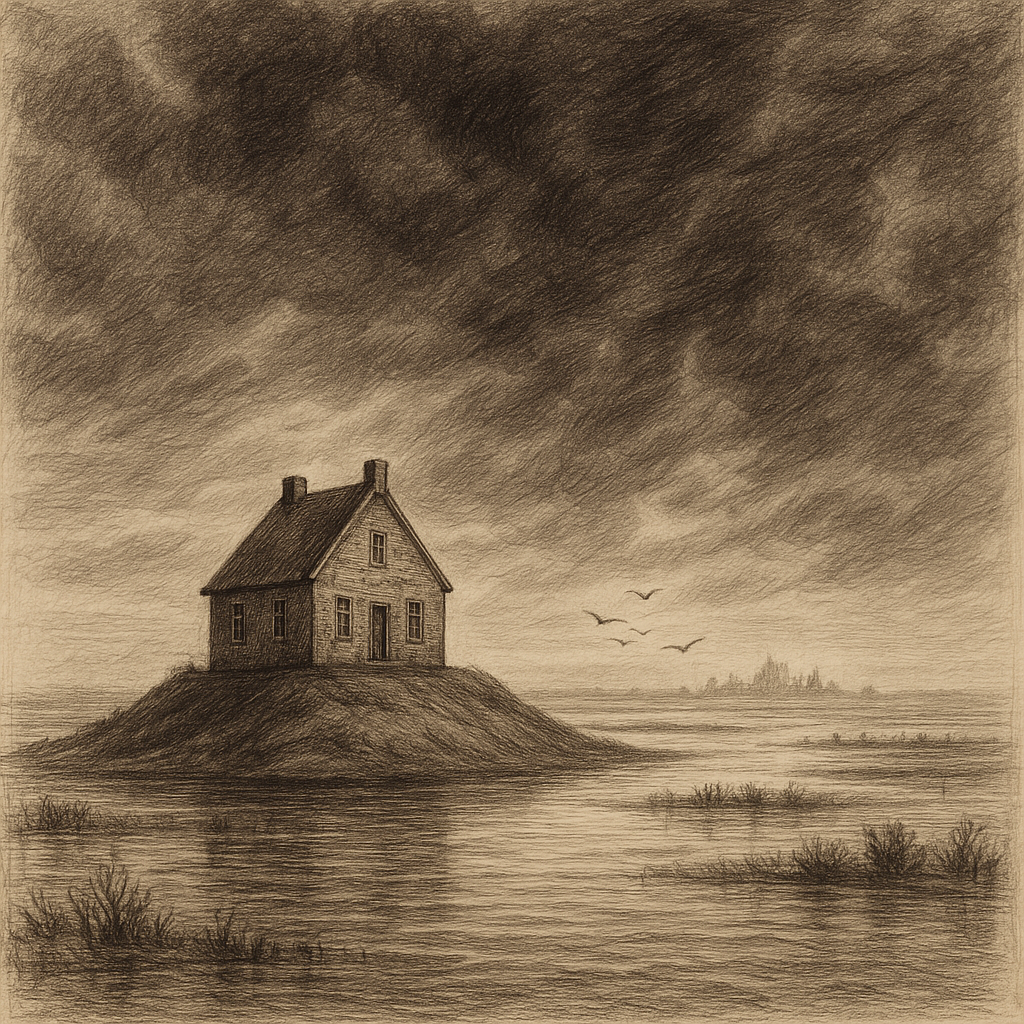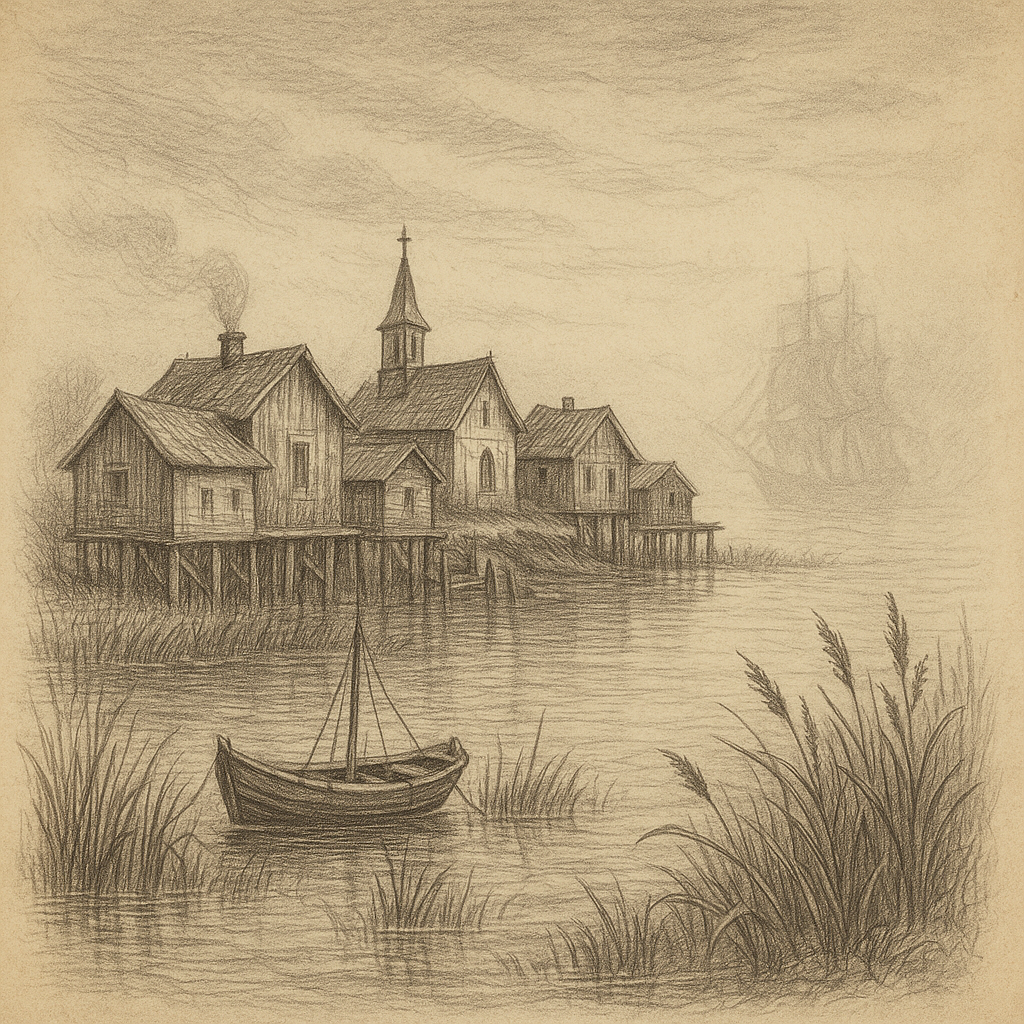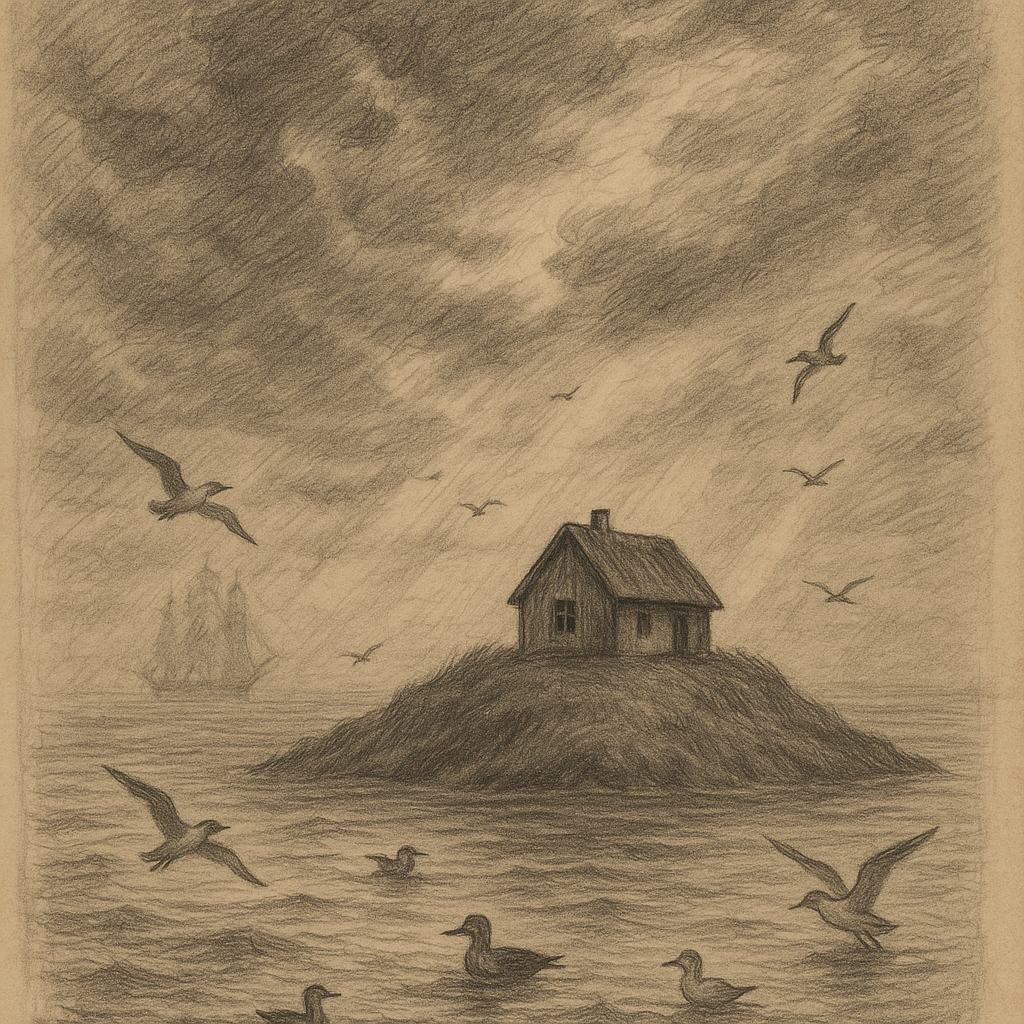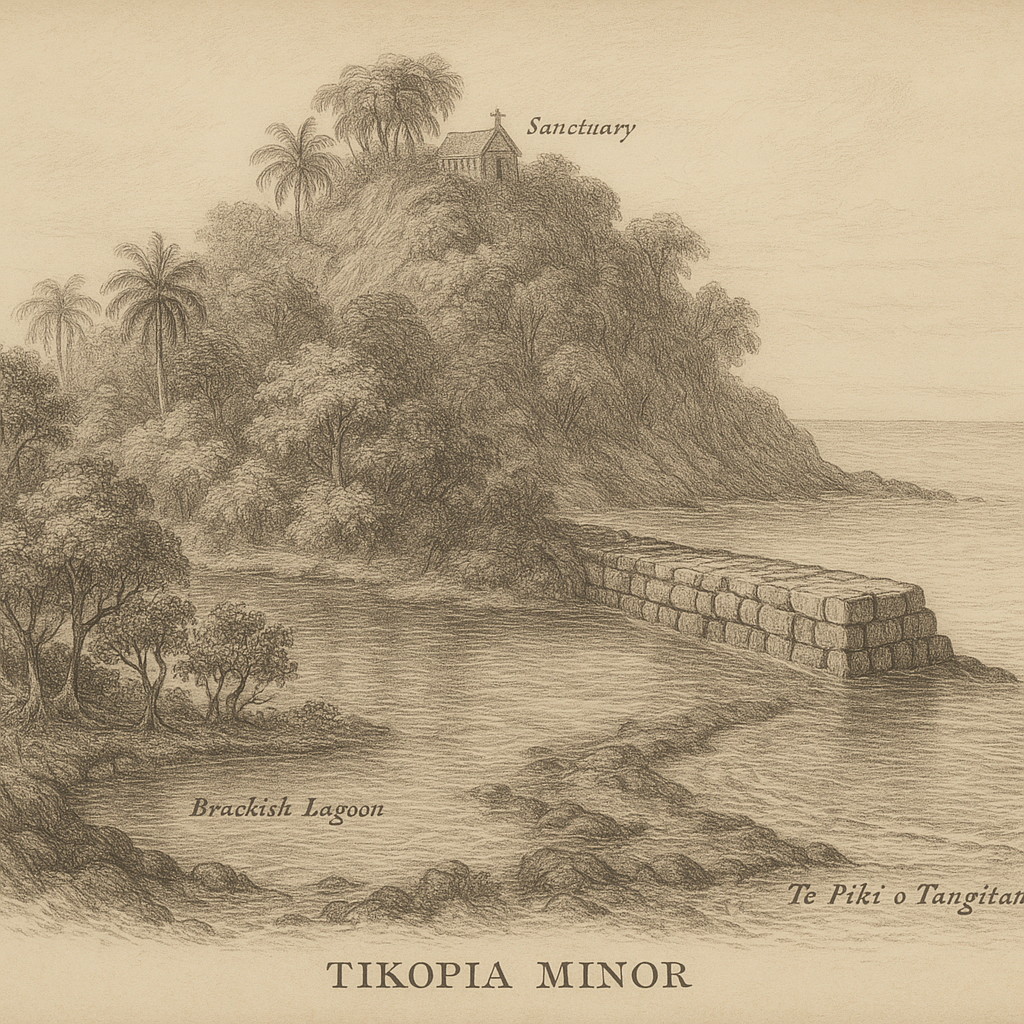Introduction to Hallig Südfall
Hallig Südfall is a unique and remote tidal island located in the North Frisian region of the Wadden Sea, off the western coast of northern Germany. Unlike traditional islands, Halligen (a local term for these small islands) are not protected by dikes and are regularly flooded during storm tides, a phenomenon that has shaped both their natural environment and cultural heritage. Hallig Südfall stands out among these islands for its isolation, rich history, and the legends that cloak its past.
Geographic and Environmental Characteristics
Hallig Südfall lies approximately 10 kilometers off the mainland coast near Husum in the German state of Schleswig-Holstein. The island covers a surface area of about 0.5 square kilometers and is accessible only by boat during low tide or with special access arrangements. It is part of the Schleswig-Holstein Wadden Sea National Park, a UNESCO World Heritage Site known for its intertidal biodiversity and vital bird habitats.
The landscape of Hallig Südfall is characterized by salt marshes, wind-swept grasslands, and a single artificial mound known as a “Warft,” upon which its only house stands. During high tides and storm surges, much of the island is submerged, leaving only the Warft visible above the waters. This makes the Hallig a living example of the harmonious yet precarious balance between humans and the sea.
Flora, Fauna and Conservation
The natural surroundings of Hallig Südfall form a critical part of the migratory route known as the East Atlantic Flyway. It serves as a breeding, resting, and feeding ground for thousands of birds such as oystercatchers, brent geese, redshanks, and gulls. The island’s unique ecosystem supports diverse salt-tolerant plants like sea lavender and different types of grasses that thrive under periodic saltwater inundation.
Because of its ecological significance, Hallig Südfall is under strict environmental protection. Only a single caretaker resides on the island year-round, ensuring alignment with conservation goals and monitoring the delicate balance of its natural systems. Access is limited to guided tours or guests contributing to scientific and conservation efforts.
Human Presence and Historical Significance
Today, Hallig Südfall is home to only one permanent resident. Historically, however, it has held greater significance. The island once belonged to the medieval settlement of Rungholt, a prosperous trading town often nicknamed the “Atlantis of the North Sea.” In 1362, the destructive storm tide known as the “Grote Mandrenke” submerged much of the region, wiping out Rungholt and reshaping the coastline of North Frisia.
Südfall itself has been reshaped multiple times by storm tides and erosion, leading to the loss of land and displacement of earlier settlements. The Warft was built to withstand these storm surges and today houses a weather monitoring station and accommodation for the island’s warden.
Interesting Facts About Hallig Südfall
Despite its modest size, Hallig Südfall has captivated the interest of ecologists, historians, and even filmmakers. Here are a few fascinating facts:
– The island is part of a string of ten Halligen, five of which are inhabited, in the German Wadden Sea.
– Südfall is regularly used as a field station for ornithologists and marine biologists studying Wadden Sea ecosystems.
– The island is not connected to the mainland by any roads or causeways and thus remains entirely off-grid and self-sustained through solar energy and rainwater collection.
– The tidal flat surrounding Südfall reveals ancient artifacts and remnants believed to belong to the sunken town of Rungholt, feeding scholarly interest and local lore.
Legends and Myths of Südfall
One of the most enduring legends surrounding Hallig Südfall—and the greater North Frisian area—is that of Rungholt, the supposed “Atlantis of the North Sea.” Legend holds that Rungholt was a wealthy and decadent town whose residents disrespected the natural world and divine will. As punishment, God is said to have sent the catastrophic 1362 storm to obliterate the city. Since then, myths claim that on certain stormy nights, the bells of Rungholt’s church can still be heard ringing from beneath the waves.
Another legend warns travelers not to linger too long on the tidal flats near Südfall, lest they be caught by the rapidly rising tide and drawn into the sea—metaphorically joining the lost souls of Rungholt. These stories have been passed down for centuries and add a haunting mystique to the already isolated and dramatic landscape of the Halligen.
Visiting Hallig Südfall
Due to its environmentally sensitive status, visits to Hallig Südfall are tightly regulated. Tourists must obtain special permission or join a licensed guided tour, often provided through conservation organizations. The journey typically involves a combination of boat travel and guided mudflat hiking—an exceptional way to appreciate the natural grandeur of the Wadden Sea, though not without its challenges.
Visitors should observe strict ecological protocols, including staying on designated paths, respecting bird nesting areas, and avoiding any disturbance to the terrain. Despite the restrictions, those who do reach Hallig Südfall are rewarded with a serene glimpse into an ancient and dynamic world.
Conclusion
Hallig Südfall is more than just a small, flood-prone island in the Wadden Sea—it is a living testament to the coexistence of humans and nature, the enduring legacy of medieval settlement, and the mythic power of the North Sea. Isolated, windswept, and rich in both biodiversity and folklore, the island serves as an evocative reminder of the fragility and resilience of coastal life. Whether viewed through the lens of science or story, Hallig Südfall offers an unforgettable journey into a unique corner of the Earth.



